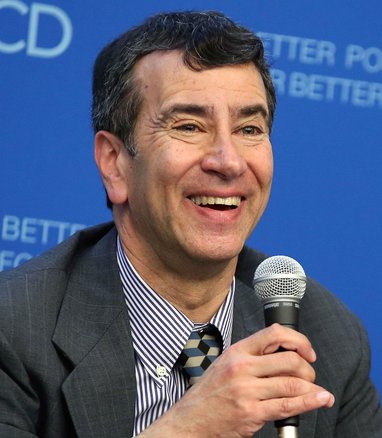Five Things You'd Want to Know in Explaining Japan's Surrender in 1945 | 2018 | Events

Summary:
To most Americans, it is obvious that the two atomic bombs ended World War II. Yet at least four other developments helped persuade Japanese leaders to surrender. In addition to the Soviet Union's entry into the war, the Allied blockade starved the Japanese home front of food and fuel; the expanding U.S. firebombing campaign devastated 64 cities; and Japanese elites closely followed the recent defeat of Nazi German, which had fought to the finish, and few wished to continue the war to the point of national annihilation. Understanding the Japanese side of the story advances us well beyond the existing American-centered analyses.
Bio:
Sheldon Garon is Nissan Professor of History and East Asian Studies at Princeton University. A specialist in modern Japanese history, he also writes transnational history that spotlights the flow of ideas and institutions between Japan, Europe, and the United States. His current project is a transnational history of "home fronts" in Japan, Germany, and Britain in World War II, focusing on aerial bombardment, food insecurity, and civilian "morale."
